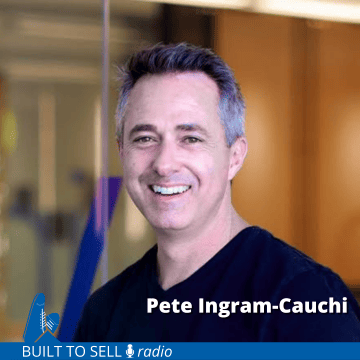About this episode
Back in 1998, siblings Pete and Alexa Ingram-Cauchi started iD Tech to offer summer camps for kids who wanted to learn about computers.
The business grew each year and by 2019, was generating $70 million in annual sales hosting camps from Stanford to MIT and beyond.
Then COVID-19 hit and iD Tech was left with hundreds of contracts with schools, thousands of instructors, dozens of full-time employees, and no ability to run camps. The business needed to pivot quickly.
They decided to use the pandemic as the impetus to re-invent themselves as an online training company shifting their camps and content online. Within months, their online courses were gaining traction. By 2021, iD Tech was back and expecting $45 million in revenue — mostly from online camps and tutoring. Their reversal of fortune did not go unnoticed by Emeritus, an ed-tech giant who offered to acquire iD Tech for a cool $200 million. The deal closed in May of this year.
In this episode, Pete Ingram-Cauchi shares his wisdom of growing a mission-driven business including how to:
- Stick handle the demands of an investor that wants top-line growth.
- Recruit new employees who will fuel growth without destroying your culture.
- Value different forms of revenue in your business.
- Evaluate the fit with a potential investor.
- Hold on to control, even after taking outside money.

About Our Guest
Pete Ingram-Cauchi is the CEO of iD Tech, a Silicon Valley-based education company founded in 1998. iD Tech delivers online and in-person tech experiences for kids and teens. Curriculum spans Coding, Game Design, Digital Video, AI, Machine Learning, YouTube Streaming, and more. In-person programs are held at elite campuses worldwide from UCLA and NYU to the University of Hong Kong and Imperial College, London. Pete attended the University of Washington and majored in International Business and Spanish. Both his parents were educators and entrepreneurs, which shaped his thinking and his passion for education and business. To date, over 500,000 students have graduated from iD Tech programs.
Connect with Pete:
info@idtech.com


